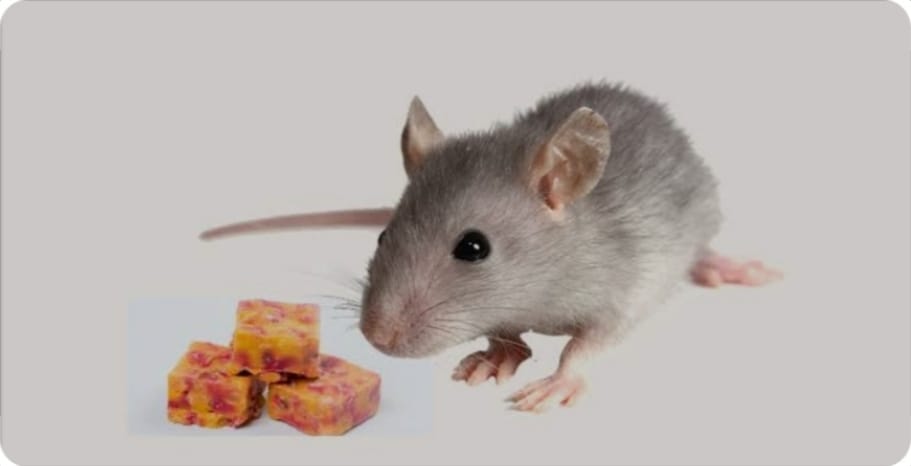Yellow Phosphorus Poisoning
Dr Surendra G Gattani
 One evening, I was relaxing while watching my family’s favorite serial, “Wagle Ki Duniya”. Yellow Phosphorus poisoning is the subject of 2-3 episodes in the serial. Master Atharv Wagle, the interesting character in the series, took ill after returning from college, got unconscious, and entered a coma. The doctor questioned his parents about the source of his food, what he ate, and many other questions. After screening, presumably, because a close friend told them he was consuming bottled juice. According to the process, juice cane samples were gathered for laboratory analysis, and reports show contamination with Yellow Phosphorus. Atharv, who lapsed into a coma, suffered Yellow Phosphorus poisoning.
One evening, I was relaxing while watching my family’s favorite serial, “Wagle Ki Duniya”. Yellow Phosphorus poisoning is the subject of 2-3 episodes in the serial. Master Atharv Wagle, the interesting character in the series, took ill after returning from college, got unconscious, and entered a coma. The doctor questioned his parents about the source of his food, what he ate, and many other questions. After screening, presumably, because a close friend told them he was consuming bottled juice. According to the process, juice cane samples were gathered for laboratory analysis, and reports show contamination with Yellow Phosphorus. Atharv, who lapsed into a coma, suffered Yellow Phosphorus poisoning.
What is yellow phosphorus?
Yellow phosphorus is a waxy chemical that is widely used in rodenticide formulations, fertilizers, match manufacturing, and fireworks. It is recognized for its garlic-like odor. Humans ingest yellow phosphorus, which is harmful. It’s a nonmetallic protoplasmic toxin. Once ingested, it is quickly absorbed from the gastrointestinal system and primarily metabolized by the liver. The minimum lethal dose is 8 mg. The LD50, or lethal dose, is approximately 1 mg/kg. In India, intake of yellow phosphorus-containing rodenticide for suicidal ideation is relatively common, with a death rate of more than 50%, especially among individuals who come with problems.
Statistics
The fatality rate for yellow phosphorus poisoning varies from 10-50% according to different research.
Symptoms:
Yellow phosphorus toxicity can damage the liver, kidneys, heart, and central nervous system. Symptoms like vomiting, diarrhea, abdominal pain, increased liver enzymes, disorientation, hallucinations, psychosis, and coma.are present. Sudden deaths may occur due to cardiovascular arrhythmias and cardiovascular collapse, usually due to the consumption of large quantities of yellow phosphorous. Second stage: Occurs between 24-72 hours after ingestion.
Yellow Phosphorus Poisoning:
Yellow phosphorus is rapidly absorbed by the gastrointestinal mucosa, with over 70% accumulating in the liver within 2 to 3 hours. It also accumulates to a lesser level in the heart (12%), kidneys (4%), pancreas (0.4%), and brain (0.39%), causing harm to those organs.
In India, agriculture continues to provide a primary source of income for over 70% of rural people. The uncontrolled spread of rodents such as rats in the home, as well as in farms and fields, can be troublesome due to the risk of disease spreading, disrupting the food supply, and resulting in economic loss. As a result, rodenticides are frequently used in residential, agricultural, and commercial settings.
There is a possibility that after eating rodenticide, mice may die and their residues will stay on the product, resulting in the unintentional consumption of yellow Phosphorus by people through packaged containers, fertilizers, or crackers, which can cause poisoning.
Connecting the dots to the Wagle ki Duniya, it is feasible that Yellow Phosphorus residues remain on packed food that has been stored in storehouses for many days, as are many other food items stored in godowns/storehouses. Consuming it directly connects it to the mouth, and yellow prosperous poisoning is possible.
Treatment
There is no antidote for phosphorus poisoning and the sole treatment is prompt decontamination followed by liver function monitoring and supportive care. Some researchers suggest a gastrointestinal lavage with 1:5000 potassium permanganate, followed by activated charcoal and mineral oil.
Precautions:
- If purchasing and using the product in a packaged pocket or container, fully clean it with an appropriate solution (water/ hot water). Yellow prosperous is a waxy substance that cannot be readily removed.
- Thoroughly wash contact body parts with hot water after coming into contact with match sticks, fertilizer, crackers, and, of course, when using rodenticide for killing rats at home, store, business, or farm.
- Keep a close eye on bread or sweet or wheat chapati/ roti/dough when using career for rodenticides to avoid poisoning accidents.
- Do not keep Ratol/Rodenticides within reach of children and senior citizens.
We, The Arogyam, care about you because your health is our responsibility.
Exercise caution when using rodenticides in your home, and avoid immediately touching any packaged packet or container with your mouth. Importantly, keep rodenticides out of reach of youngsters and elderly members.
The author is a Senior Professor at the School of Pharmacy, Swami Ramanand Teerth Marathwada University, Nanded